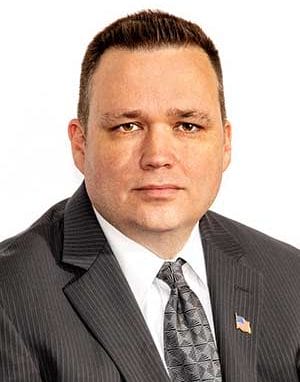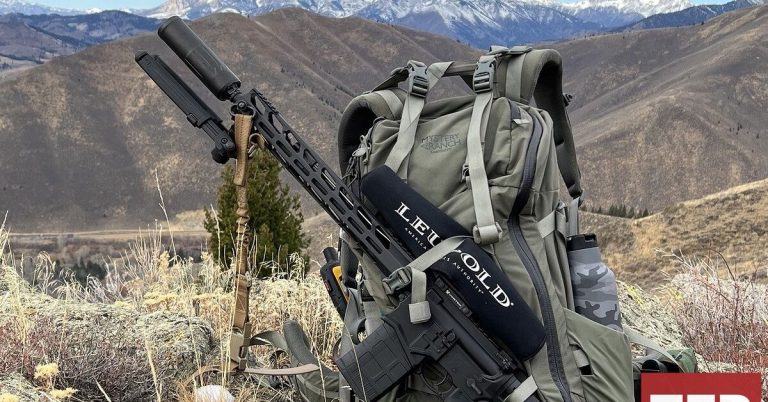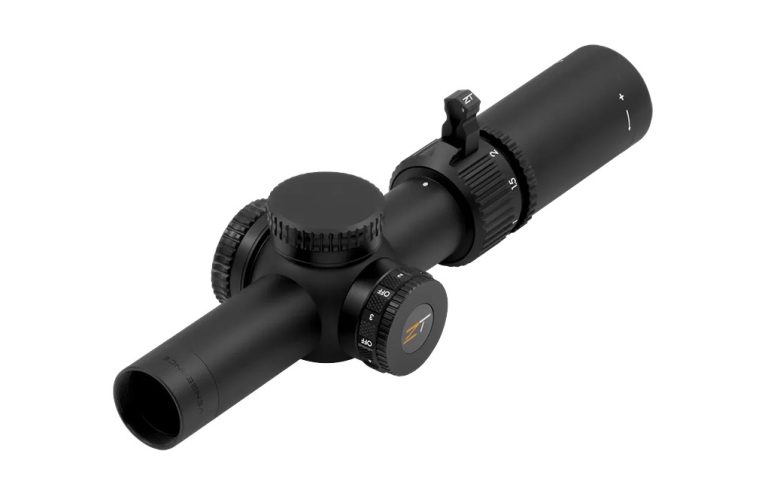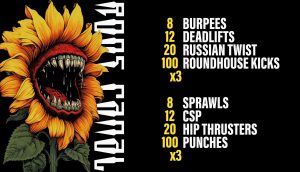Over five years ago, Clark Aposhian finally won his lawsuit in the United States District Court in the Federal District of Utah against the Bureau of Alcohol, Tobacco, Firearms and Explosives (ATF) over the rule banning bump stocks.
“Because the Final Rule was an invalid exercise of ATF’s regulatory authority, Plaintiff’s Motion for Summary Judgment, ECF No. 61, is GRANTED,” wrote District Court Judge Jill N. Parish. “Federal Defendants’ Cross-Motion, ECF No. 64, is DENIED. The Court shall enter judgment concurrently with the issuance of this memorandum decision and order.”
After a 2017 mass shooting at the Mandalay Bay in Las Vegas, Nevada, with what the FBI claims was a bump stock, then President Donald Trump and current Presidential candidate ordered the ATF to reexamine the device and find a way to get rid of them. The ATF would make a new rule reclassifying the device as a machine gun even though it did not function as an automatic firearm by the definition found in the National Firearms Act of 1934 (NFA).
According to the law, a machine gun expels a round with a single function of the trigger. A bump stock requires a trigger pull between each shot. The ATF would use Chevron deference to make a new rule. Chevron deference said that if a statute is unclear, the enforcing agency gets the final say, not the courts. The Loper Bright Enterprises Supreme Court case killed Chevron, so agencies can no longer rely on the legal precedent to make rules.
Mr. Aposhian would sue the government in Aposhian v. Barr (now Aposhian v. Garland). His lawyers objected to using Chevron deference for the rule. They also claimed that the ATF violated the Administrative Procedures Act (APA) because the definition of a machine gun was clear in the NFA, and a bump stock did not meet that definition. Aposhian claimed the ATF overstepped its authority and was trying to use a rule to bypass the legislative branch by creating a de facto law.
Aposhian would file for a motion for summary judgment in the District Court. The ATF filed for a cross-motion for summary judgment. The judge initially denied Aposhian’s motion and granted the ATF’s motion. This decision was made a year ago. After the order was issued, the Supreme Court heard two cases. The first case was Cargill v. Garland. The case also challenged the bump stock ban on similar grounds to those in Aposhian. The Supreme Court would find that the ATF exceeded its statutory authority when it issued the bump stock rule.
The second case was Loper Bright Enters. v. Raimondo. The case challenged the legality of Chevron deference. Even though this case was not a gun case, it drew attention from those in the gun community. Most ATF rules rely on Chevron deference. Without that, gun rights groups feel a lot of rules set by the ATF can be challenged in Court. These potential challenges extend beyond bump stocks. The ATF used similar logic to ban braced pistols and unfinished firearm frames. Both items have judgments knocking down the rules out of the Fifth Circuit of Appeals. SCOTUS has stayed the Fifth Circuit ruling on unfinished firearm frames until the High Court can hear the case and issue an opinion.
Judge Parish would rely on these two cases to reverse her original ruling in Aposhian. She stripped the ATF of their legal victory and handed the win to Aposhian. The judge’s hands were tied because of how similar the claims made in Aposhian were to those made in Cargill. Cargill already invalidated the rule, so no matter what the judge decided, it wouldn’t validate the ATF’s rule because the District Court is inferior to the Supreme Court.
“Subsequently, the United States Supreme Court decided Garland v. Cargill, 602 U.S. 406 (2024),” the judge wrote. “There, the Court determined that the ATF ‘exceeded its statutory authority by issuing’ the Final Rule. Id. at 415. In another opinion issued not long after, the Court overruled Chevron and declared that “courts need not and under the APA may not defer to an agency.”
Considering Cargill, the ATF is not expected to appeal to the Tenth Circuit Court of Appeals.
About John Crump
Mr. Crump is a NRA instructor and a constitutional activist. John has written about firearms, interviewed people of all walks of life, and on the Constitution. John lives in Northern Virginia with his wife and sons and can be followed on Twitter at @crumpyss, or at www.crumpy.com.



















